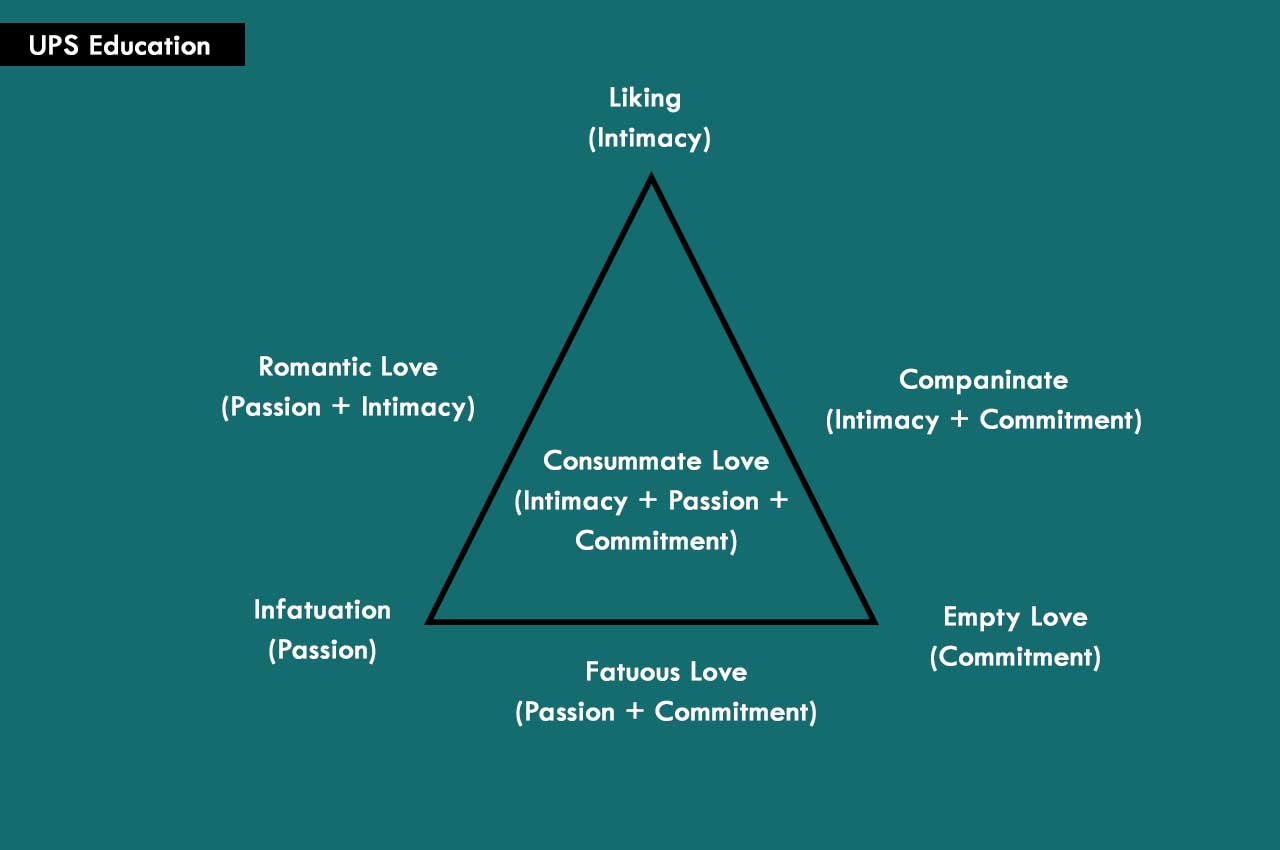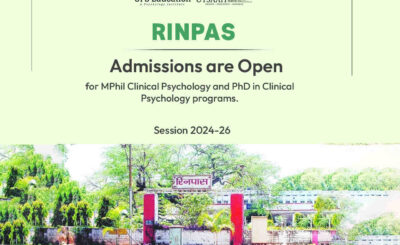![]()
Sternberg conceptualized love in terms of three basic components that form the vertices of a triangle: intimacy, passion, and decision/commitment. The intimacy component is primarily emotional or affective in nature and involves feelings of warmth, closeness, connection, and bondedness in the love relationship. The passion component is motivational and consists of the drives that are involved in physical attraction, sexual consummation, and related phenomena. The commitment component is largely cognitive and represents both the short-term decision that one individual loves another and the longer term commitment to maintain that love.
According to Sternberg, these three love components differ with respect to a number of properties, including stability, conscious controllability, and experiential salience. For example, the elements of intimacy and decision/commitment are usually quite stable in close relationships (once they occur and become characteristic of a relationship, they tend to endure), whereas passion tends to be less stable and predictable.
In addition, whereas people possess a great deal of conscious control over the commitment that they make to relationships and possess at least some degree of control over their feelings of intimacy, they actually have very little conscious control over the amount of passion that they experience for their partners. The three components also differ in terms of their experiential salience. Specifically, an individual is usually quite aware of the passion component, but awareness of the intimacy and decision/commitment components can be extremely variable. That is, a person may experience feelings of intimacy (e.g., closeness, connection, warmth) without explicitly being aware of those feelings or even being able to identify what he or she is feeling. Similarly, a person might not consciously realize the full extent of his or her commitment to the relationship and the partner.
 intimacy, closeness, and other positive emotional experiences but lack both passion and commitment. Infatuation(passion alone) is an intense, “love at first sight” experience that is characterized by extreme attraction and arousal in the absence of any intimacy and decision/ commitment. In empty love (commitment alone) relationships, the partners are committed to each other and the relationship but lack an intimate emotional connection and passionate attraction. This type of love is often seen at the end of long-term relationships (or at the beginning of arranged marriages). Romantic love(intimacy + passion) consists of feelings of closeness and connection coupled with strong physical attraction. Companionate love (intimacy + commitment) is essentially a long-term, stable, and committed friendship that is characterized by high amounts of emotional intimacy, the decision to love the partner, and the commitment to remain in the relationship. This type of love is often seen in “best friendships” that are nonsexual or in long-term marriages in which sexual attraction has faded. Couples who experience fatuous love (passion + commitment) base their commitment to each other on passion rather than on deep emotional intimacy. These “whirlwind” relationships are typically unstable and at risk for termination. Finally, consummate love (intimacy + passion + commitment) results from the combination of all three components. According to Sternberg, this is the type of “complete” love that many individuals strive to attain, particularly in their romantic relationships. Because the three basic components of love occur in varying degrees within a relationship, most love relationships will not fit cleanly into one particular category but will reflect some combination of categories.
intimacy, closeness, and other positive emotional experiences but lack both passion and commitment. Infatuation(passion alone) is an intense, “love at first sight” experience that is characterized by extreme attraction and arousal in the absence of any intimacy and decision/ commitment. In empty love (commitment alone) relationships, the partners are committed to each other and the relationship but lack an intimate emotional connection and passionate attraction. This type of love is often seen at the end of long-term relationships (or at the beginning of arranged marriages). Romantic love(intimacy + passion) consists of feelings of closeness and connection coupled with strong physical attraction. Companionate love (intimacy + commitment) is essentially a long-term, stable, and committed friendship that is characterized by high amounts of emotional intimacy, the decision to love the partner, and the commitment to remain in the relationship. This type of love is often seen in “best friendships” that are nonsexual or in long-term marriages in which sexual attraction has faded. Couples who experience fatuous love (passion + commitment) base their commitment to each other on passion rather than on deep emotional intimacy. These “whirlwind” relationships are typically unstable and at risk for termination. Finally, consummate love (intimacy + passion + commitment) results from the combination of all three components. According to Sternberg, this is the type of “complete” love that many individuals strive to attain, particularly in their romantic relationships. Because the three basic components of love occur in varying degrees within a relationship, most love relationships will not fit cleanly into one particular category but will reflect some combination of categories.








